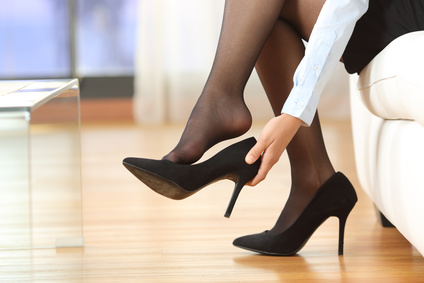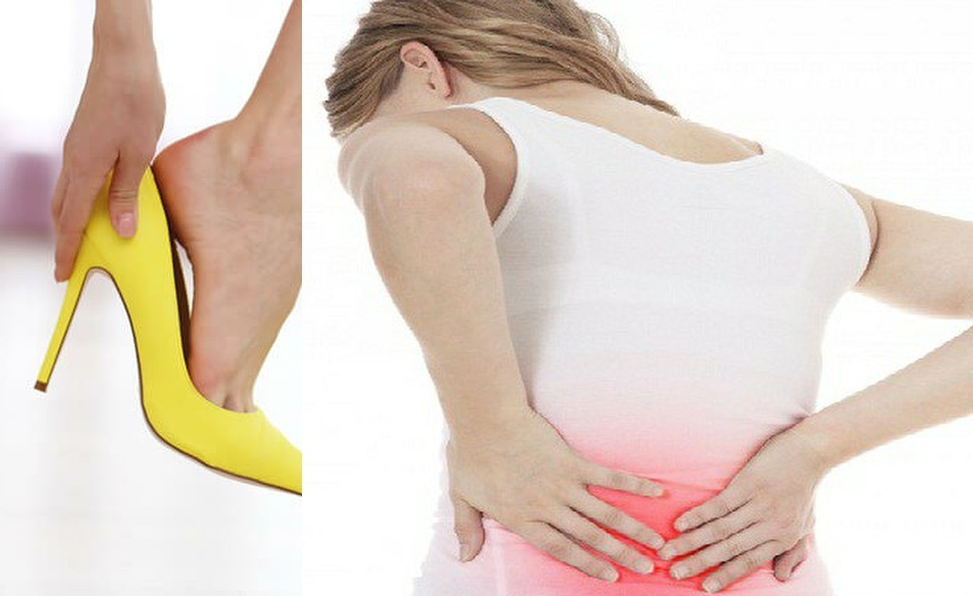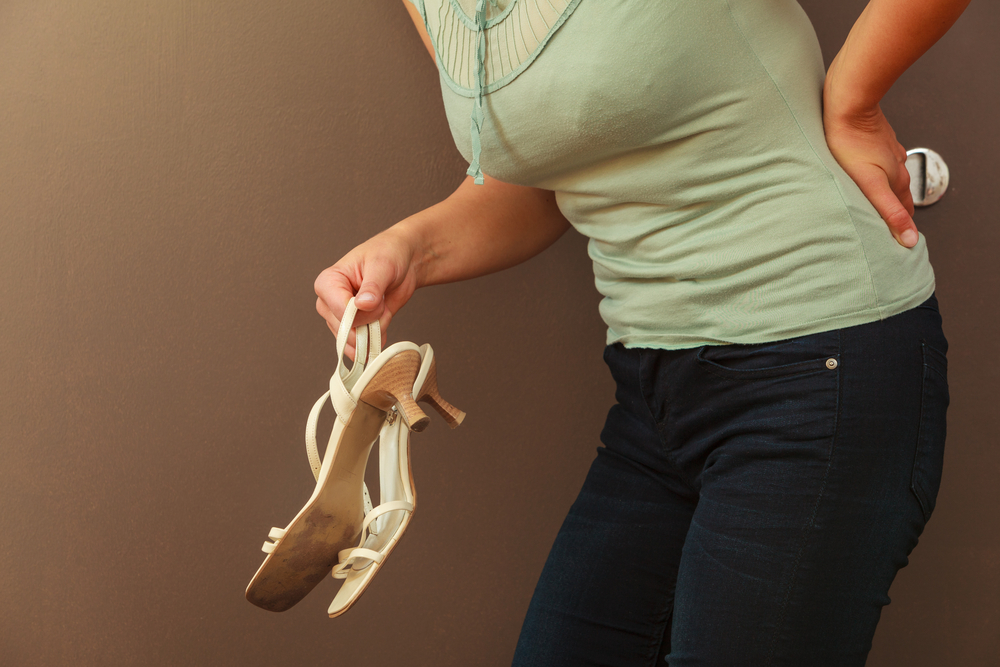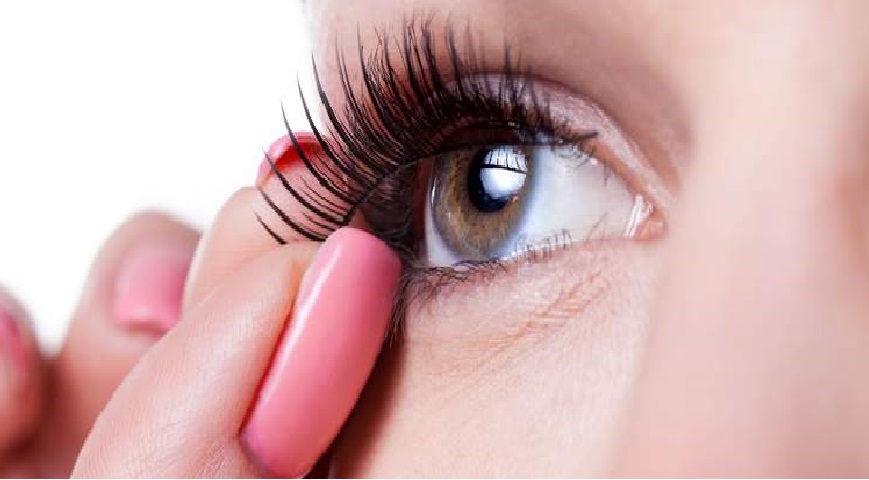Heels have been a staple in women's fashion for centuries and are often worn for special occasions, work, or just for a night out on the town. While heels can add height, elongate the legs, and give the wearer a boost of confidence, they can also have a significant impact on the spine. In this article, we'll explore how heels can affect the spine and why it's important to be mindful of this when choosing footwear.

Posture
High heels change the way you walk and stand, which can alter your posture and put extra stress on your back and neck. When you wear heels, you tend to lean forward, which puts extra pressure on your lower back. This can cause muscle strain and lead to back pain.
Alignment
High heels can also cause misalignment in the spine, hips, and knees. This is because the angle of the heel changes the center of gravity and forces your body to shift its weight forward. Over time, this misalignment can cause long-term problems with the spine and lead to conditions such as sciatica or herniated discs.
Did you read this?
Degeneration: Wearing high heels for extended periods of time can also cause the degeneration of the spine. This is because the constant pressure and stress on the spine can cause the discs to wear out faster and lead to conditions such as spinal stenosis or degenerative disc disease.
Compression
High heels can also cause compression in the spine, especially in the lower back. This is because the added height of the heel changes the way the body weight is distributed and puts more pressure on the lower back. Over time, this compression can lead to conditions such as spinal stenosis or herniated discs.

Balance
High heels can also affect balance, which can lead to falls and injuries. This is because the angle of the heel makes it more difficult to maintain stability and control. In addition, high heels can make it more difficult to walk on uneven surfaces, which can increase the risk of falls and injuries.
Nerve damage
High heels can also cause nerve damage in the feet and legs, which can have a negative impact on the spine. This is because the pressure on the feet and legs can cause swelling, soreness, and even nerve damage. Over time, this can lead to conditions such as peripheral neuropathy or sciatica.
How Do You Minimize The Impact Of High-Heels?
1. Be mindful of the height and angle of the heel, the design of the shoe, and the length of time you will be wearing them.
2. Choose heels with a lower height and a wider heel. It will enable you to distribute weight more evenly and reduce the risk of foot pain and back problems. In addition, wearing heels with good arch support and cushioning can also help prevent discomfort and injuries.
3. Limit the amount of time you spend wearing high heels. If you must wear heels for extended periods of time, it's a good idea to take breaks and stretch your legs and back regularly. Wearing comfortable, supportive shoes, such as sneakers or flats, can also help prevent problems with the spine.

High heels can have a significant impact on the spine and can lead to conditions such as back pain, misalignment, degeneration, compression, balance problems, and nerve damage. To minimize the impact of high heels on the spine, it's important to choose the right type of heels, limit the amount of time you spend wearing them, and be mindful of your posture and balance. By being mindful of these factors, you can enjoy the benefits of high heels without sacrificing your comfort and health.












